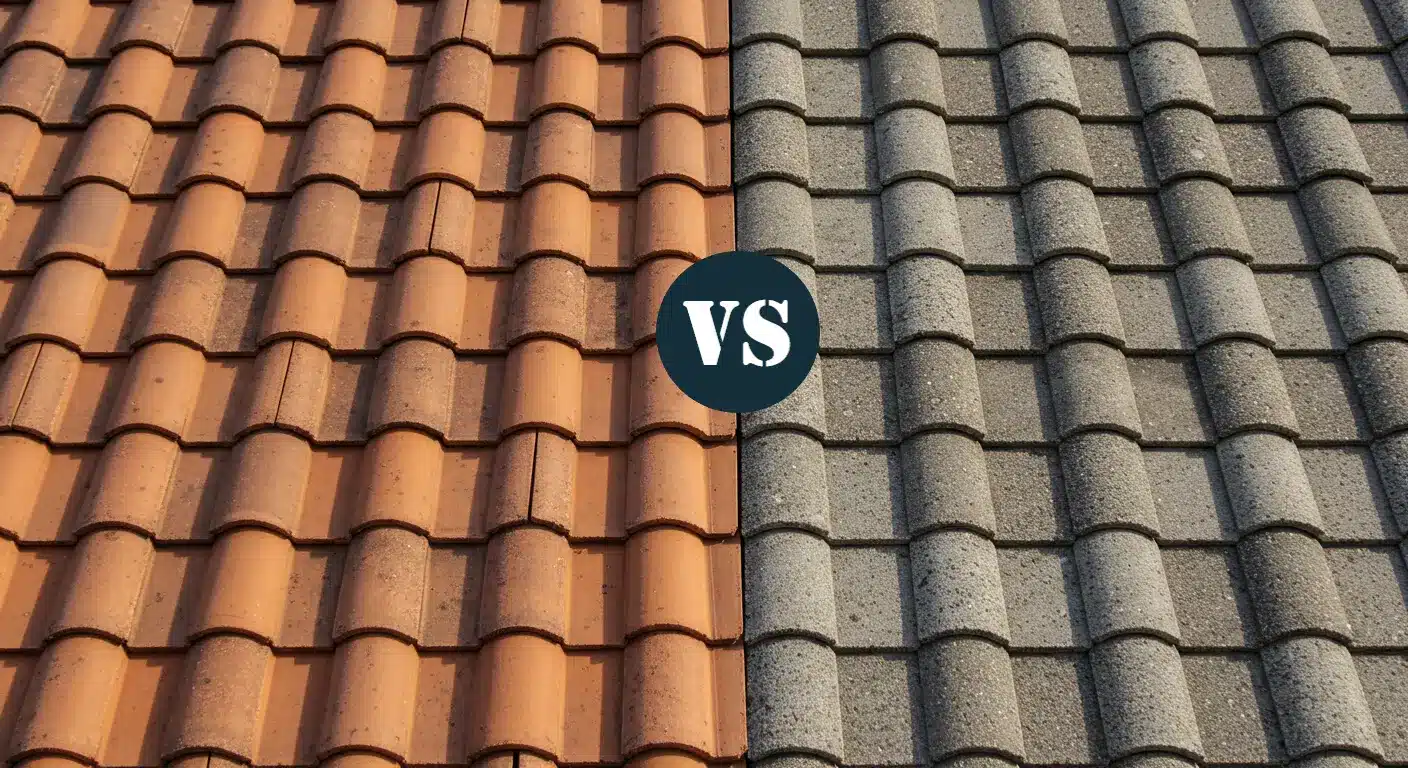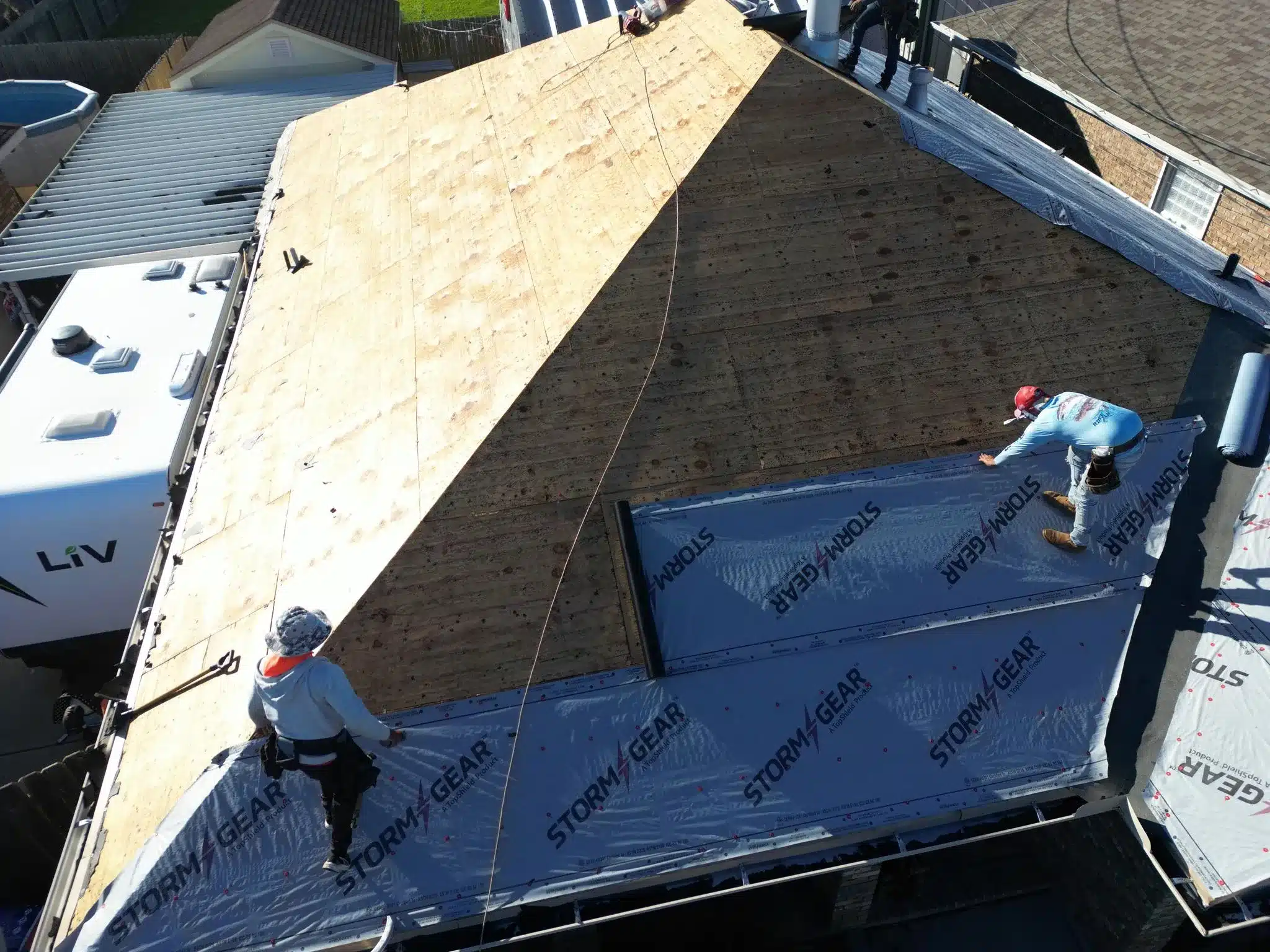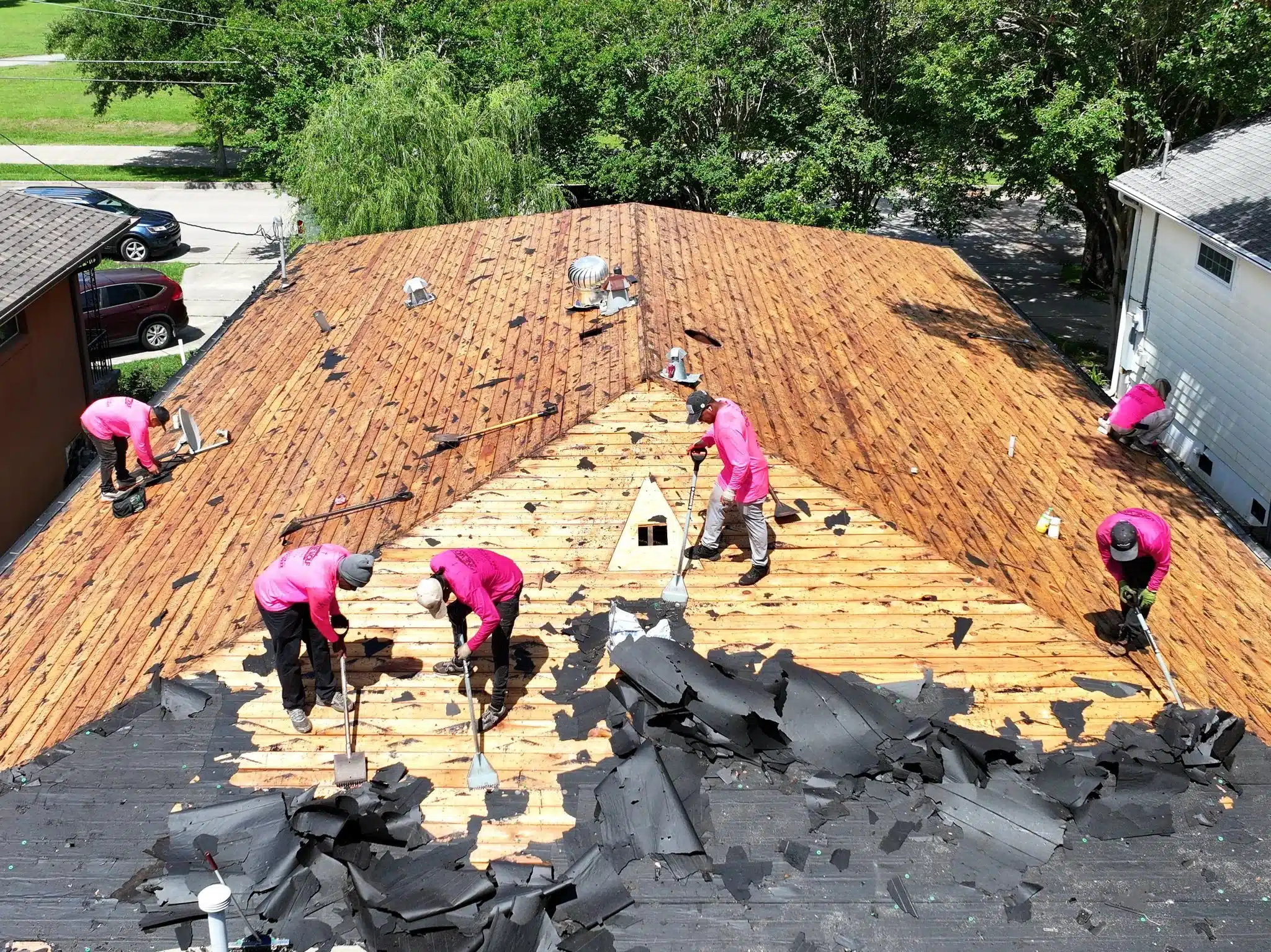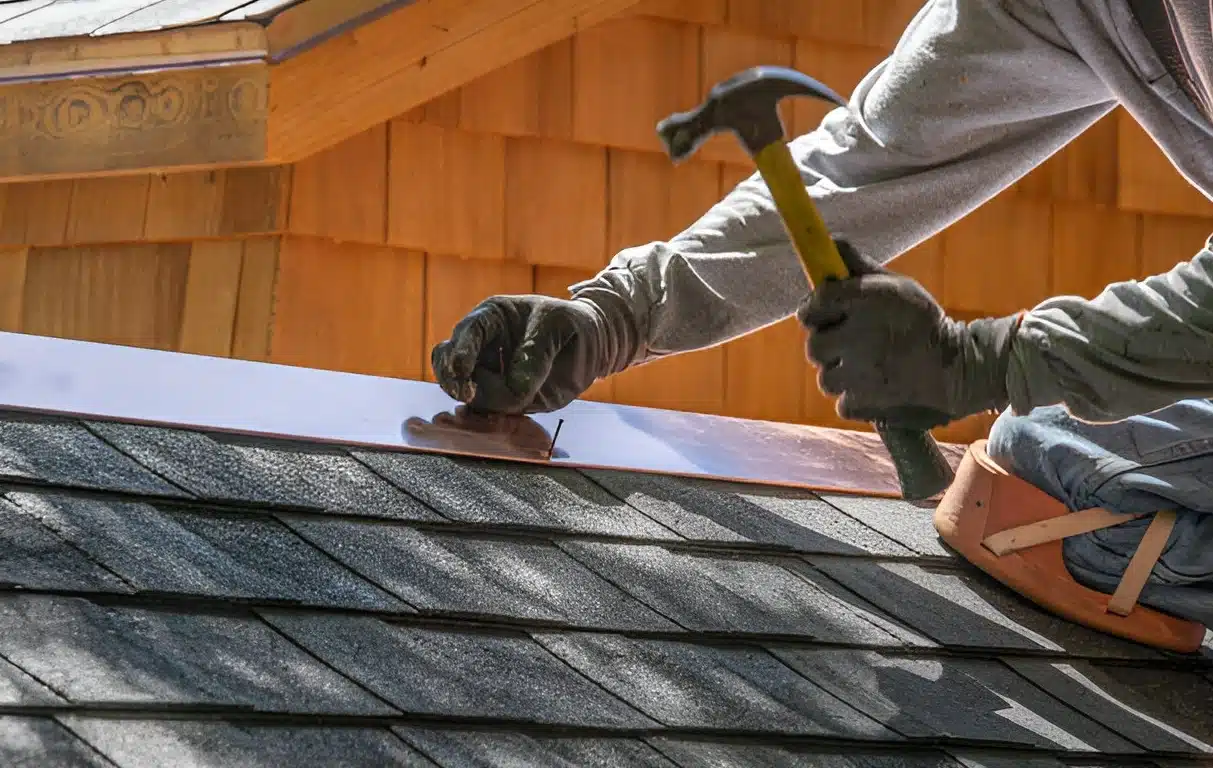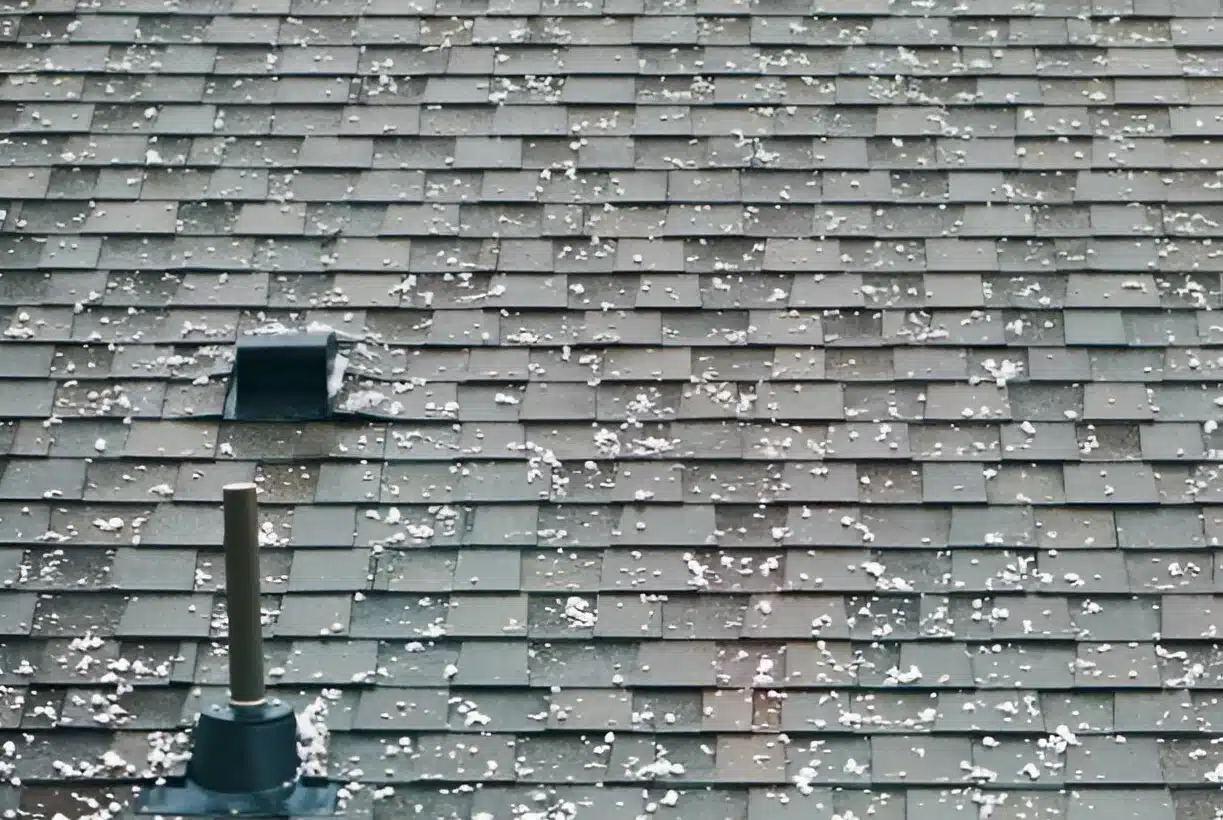When it comes to choosing a roof for your home or commercial building, the decision between a flat roof vs pitched roof can be a tough one. Both roof types come with their own set of benefits and challenges, and the right choice depends on various factors including aesthetics, budget, climate, and the building’s overall design. This article will break down the pros, cons, and best use cases of flat and pitched roofs to help you make an informed decision.
What is a Flat Roof?
Flat roofs are exactly what they sound like, roofs that are nearly level with a slight slope to allow for water drainage. They are commonly found in modern homes, commercial buildings, and industrial structures. Their simplicity makes them popular for minimalist designs, and their flat surface offers opportunities for rooftop gardens, patios, or solar panels.
What is a Pitched Roof?
Pitched roofs, also known as sloped roofs, feature a distinct slope to ensure water runoff. These roofs are often seen in residential buildings and have a variety of designs, including gable, hipped, and mansard roofs. Pitched roofs are commonly used for homes due to their durability, traditional aesthetic, and effective water drainage
Flat Roof vs Pitched Roof: Pros and Cons
Flat Roof Pros and Cons
Pros:
- Cost-Effective: Flat roofs are generally more affordable to install compared to pitched roofs due to their simpler structure and materials.
- Energy Efficiency: Flat roofs allow for better insulation, especially when they are equipped with energy-efficient materials, which helps in regulating indoor temperature.
- Extra Space: A flat roof provides usable space for a variety of purposes, such as outdoor lounges, gardens, or solar panel installations.
- Modern Aesthetic: Ideal for contemporary homes or buildings, flat roofs provide a clean and minimalistic look.
Cons:
- Drainage Issues: Flat roofs are more prone to water accumulation, which can lead to leaks and structural damage over time if not properly maintained.
- Limited Durability: Flat roofs generally have a shorter lifespan compared to pitched roofs, especially if not regularly maintained.
- Maintenance Challenges: Regular inspection and upkeep are required to prevent pooling water, cracks, and other potential issues.
Pitched Roof Advantages
Pros:
- Superior Drainage: The slope of pitched roofs ensures that rainwater and snow slide off easily, minimizing the risk of leaks and water damage.
- Longer Lifespan: Pitched roofs tend to last longer than flat roofs, especially when constructed with durable materials like slate, tile, or metal.
- Increased Ventilation: The space beneath a pitched roof allows for better airflow, helping to prevent mold and moisture buildup in the attic.
- Better Aesthetic Appeal: Pitched roofs are often preferred for traditional and residential designs, offering a more classic and elegant look.
Cons:
- Higher Cost: Pitched roofs are more expensive to install due to their complexity and the additional materials needed for construction.
- Limited Usable Space: Unlike flat roofs, pitched roofs do not offer much in terms of usable space for things like rooftop gardens or outdoor patios.
- Complex Maintenance: While pitched roofs are generally more durable, when repairs are needed, they can be more difficult and costly to execute.
Cost of Flat vs Pitched Roof
One of the most significant factors when deciding between a flat roof vs pitched roof is the cost.
Flat Roof Costs
Flat roofs are typically more affordable to install, but the cost can vary based on materials. For instance, TPO, EPDM, and PVC membranes are popular choices for flat roofs and tend to be cost-effective. However, flat roofs may require more frequent maintenance due to potential drainage and insulation issues.
Pitched Roof Costs
Pitched roofs, on the other hand, require more labor and materials due to their sloped design. The complexity of the structure increases the installation cost, and depending on the materials used (e.g., slate, tiles, metal), the overall price may be considerably higher than flat roofs.
Roofing Design Types: Visual Appeal and Functionality
Roofing design plays a major role in both the performance and visual identity of a building. Whether you opt for a flat or pitched roof, the style you choose impacts drainage, insulation, and overall curb appeal.
Common Flat Roofing Design Types:
- Built-Up Roof (BUR): Multiple layers of asphalt and fabric; durable but heavy.
- Modified Bitumen: Reinforced roofing membranes, ideal for commercial properties.
- TPO, EPDM, and PVC Membranes: Lightweight and energy-efficient, these are common for modern homes and low-slope commercial buildings.
- Green Roof: A flat roof covered in vegetation, offering excellent insulation and sustainability.
Popular Pitched Roofing Design Types:
- Gable Roof: The classic triangular design, excellent for shedding water and snow.
- Hip Roof: Sloped on all four sides, offering extra stability and wind resistance.
- Mansard Roof: A French-style double-slope design, maximizing attic space.
- Gambrel Roof: Often used in barns and colonial homes, offering expanded upper-level space.
Choosing the right roofing design type depends on your structural needs, climate conditions, and architectural style. Learn more about choosing the right roof type for your home.
Flat vs Sloped Roof Drainage and Maintenance Differences

Maintenance is crucial for both roof types, but the approaches differ significantly.
- Flat Roofs: They require more attention to prevent drainage issues, such as water pooling and debris buildup. Regular inspection is recommended to check for leaks, cracks, and damage to the waterproof membrane.
- Pitched Roofs: Although less prone to drainage issues, pitched roofs require occasional inspections for shingles, tiles, or flashing that may become damaged over time. They are also vulnerable to snow accumulation in colder climates, requiring snow removal to prevent structural damage.
Climate Impact on Roof Performance

Flat Roof Insulation and Energy Efficiency
Flat roofs provide an excellent opportunity to incorporate insulation systems that enhance energy efficiency. A well-insulated flat roof can reduce heating and cooling costs, making it an ideal choice for climates with extreme temperature variations. Additionally, cool roofing options like reflective coatings can reduce heat absorption, improving energy efficiency.
Pitched Roof for Rainfall and Snow
Pitched roofs are the go-to solution for areas prone to heavy rainfall or snow, as the slope effectively directs water and snow away from the building. This makes pitched roofs more durable in such climates, reducing the chances of leaks and structural damage.
When considering roof design, energy efficiency is a major factor. Flat roofs can be ideal for installing reflective coatings or cool roofing systems, which help reduce heat absorption. Pitched roofs, on the other hand, often allow for better insulation and attic ventilation, and they can support materials like clay or concrete roof tiles, which offer excellent thermal performance and durability. To learn more about how roofing affects energy use, check out this Energy-efficient roof design guide from the U.S. Department of Energy.
Best Use Cases for Flat vs Pitched Roofs
Flat Roofs
- Modern Buildings: Flat roofs are often used in modern architectural designs due to their sleek and minimalist appearance.
- Commercial and Industrial Buildings: Flat roofs are ideal for large commercial or industrial structures where rooftop space for HVAC units or solar panels is essential.
- Urban Settings: In dense urban areas, flat roofs offer the opportunity to create outdoor spaces, such as rooftop gardens or terraces, which are valuable in areas with limited space.
Pitched Roofs
- Residential Homes: The traditional aesthetic and superior water drainage of pitched roofs make them the preferred choice for homes, especially in areas with heavy rainfall or snow.
- Historical or Classic Designs: Pitched roofs are ideal for historic homes or those aiming for a more traditional look with architectural features like gables or dormers.
- Cold Climates: For areas that experience harsh winters, pitched roofs help shed snow and prevent the accumulation of ice dams, reducing the risk of damage.
Explore other roof options such as composition roofs for more choices in roofing materials.
Conclusion: Which Roof Should You Choose?
The choice between a flat roof vs pitched roof depends on your specific needs and the environment of your home or building. If you’re seeking a modern look, affordable installation, and extra usable space, a flat roof may be the right option. However, if you live in an area with heavy rain or snow, or if you’re looking for a long-lasting and aesthetically pleasing roof, a pitched roof might be more suitable.
Still unsure which roof is right for your home? Contact us for a free roof inspection and let our experts help you find the perfect roofing solution.
Frequently Asked Questions
What are the benefits of a flat roof?
Flat roofs are cost-effective, energy-efficient, and provide usable space for outdoor activities, such as gardens or solar panel installations. They are also easier to access for maintenance.
Why are pitched roofs more common in homes?
Pitched roofs are favored for their aesthetic appeal, superior drainage capabilities, and ability to withstand heavy rain and snow, which makes them ideal for residential properties in various climates.
Is a flat roof cheaper than a pitched roof?
Yes, flat roofs are generally more affordable to install compared to pitched roofs. However, the overall cost can vary depending on the materials used and the specific design of the roof.
What lasts longer: flat or pitched roof?
Pitched roofs typically have a longer lifespan compared to flat roofs due to their better drainage systems and ability to withstand environmental stressors like heavy rain or snow.
Which roof type is better for heavy rainfall or snow?
Pitched roofs are better suited for areas with heavy rainfall or snow due to their sloped design, which helps direct water and snow away from the structure, reducing the risk of leaks and damage.


